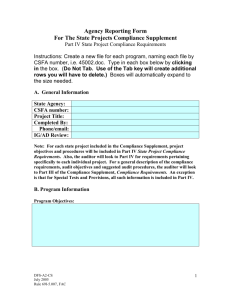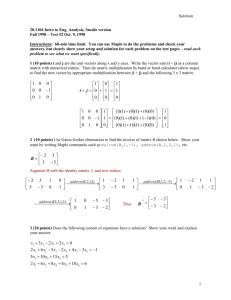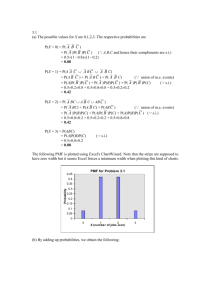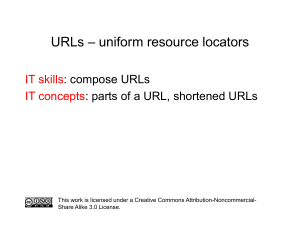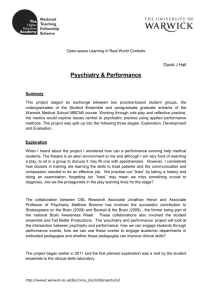Evaluation Methods for Flow Accelerated Corrosion in Nuclear
advertisement
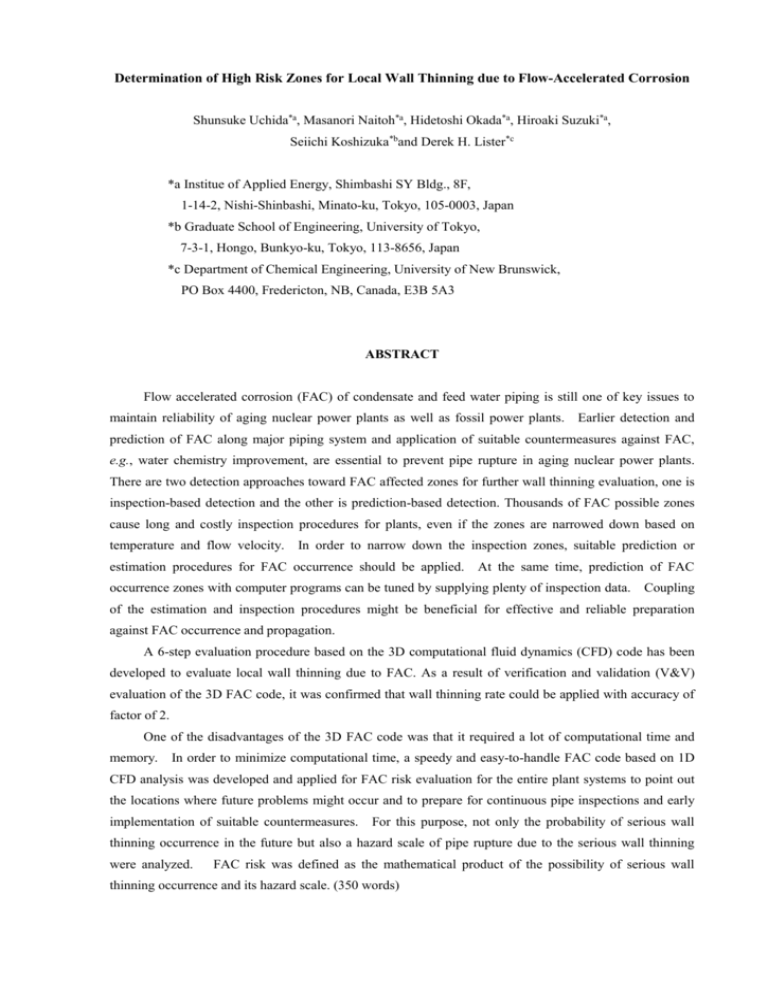
Determination of High Risk Zones for Local Wall Thinning due to Flow-Accelerated Corrosion Shunsuke Uchida*a, Masanori Naitoh*a, Hidetoshi Okada*a, Hiroaki Suzuki*a, Seiichi Koshizuka*band Derek H. Lister*c *a Institue of Applied Energy, Shimbashi SY Bldg., 8F, 1-14-2, Nishi-Shinbashi, Minato-ku, Tokyo, 105-0003, Japan *b Graduate School of Engineering, University of Tokyo, 7-3-1, Hongo, Bunkyo-ku, Tokyo, 113-8656, Japan *c Department of Chemical Engineering, University of New Brunswick, PO Box 4400, Fredericton, NB, Canada, E3B 5A3 ABSTRACT Flow accelerated corrosion (FAC) of condensate and feed water piping is still one of key issues to maintain reliability of aging nuclear power plants as well as fossil power plants. Earlier detection and prediction of FAC along major piping system and application of suitable countermeasures against FAC, e.g., water chemistry improvement, are essential to prevent pipe rupture in aging nuclear power plants. There are two detection approaches toward FAC affected zones for further wall thinning evaluation, one is inspection-based detection and the other is prediction-based detection. Thousands of FAC possible zones cause long and costly inspection procedures for plants, even if the zones are narrowed down based on temperature and flow velocity. In order to narrow down the inspection zones, suitable prediction or estimation procedures for FAC occurrence should be applied. At the same time, prediction of FAC occurrence zones with computer programs can be tuned by supplying plenty of inspection data. Coupling of the estimation and inspection procedures might be beneficial for effective and reliable preparation against FAC occurrence and propagation. A 6-step evaluation procedure based on the 3D computational fluid dynamics (CFD) code has been developed to evaluate local wall thinning due to FAC. As a result of verification and validation (V&V) evaluation of the 3D FAC code, it was confirmed that wall thinning rate could be applied with accuracy of factor of 2. One of the disadvantages of the 3D FAC code was that it required a lot of computational time and memory. In order to minimize computational time, a speedy and easy-to-handle FAC code based on 1D CFD analysis was developed and applied for FAC risk evaluation for the entire plant systems to point out the locations where future problems might occur and to prepare for continuous pipe inspections and early implementation of suitable countermeasures. For this purpose, not only the probability of serious wall thinning occurrence in the future but also a hazard scale of pipe rupture due to the serious wall thinning were analyzed. FAC risk was defined as the mathematical product of the possibility of serious wall thinning occurrence and its hazard scale. (350 words)

